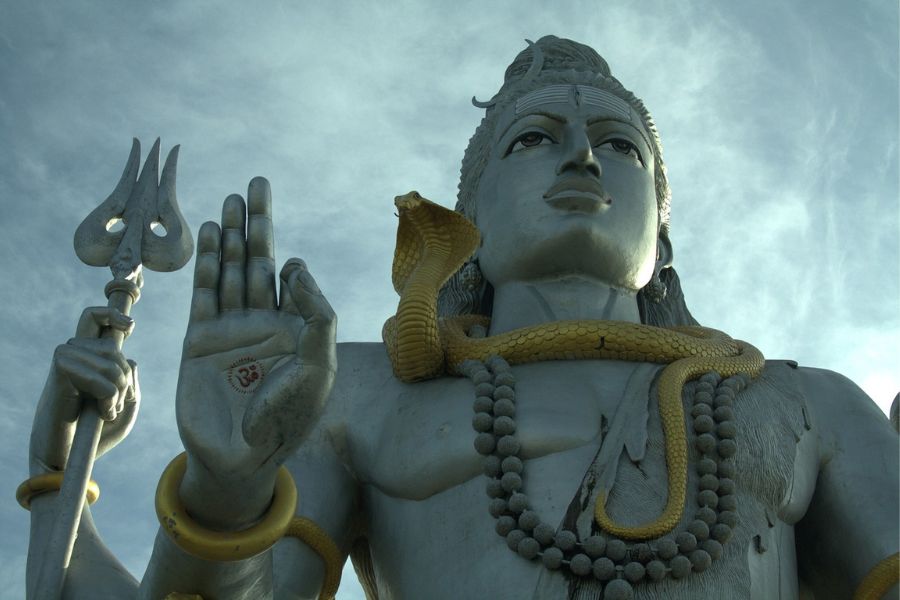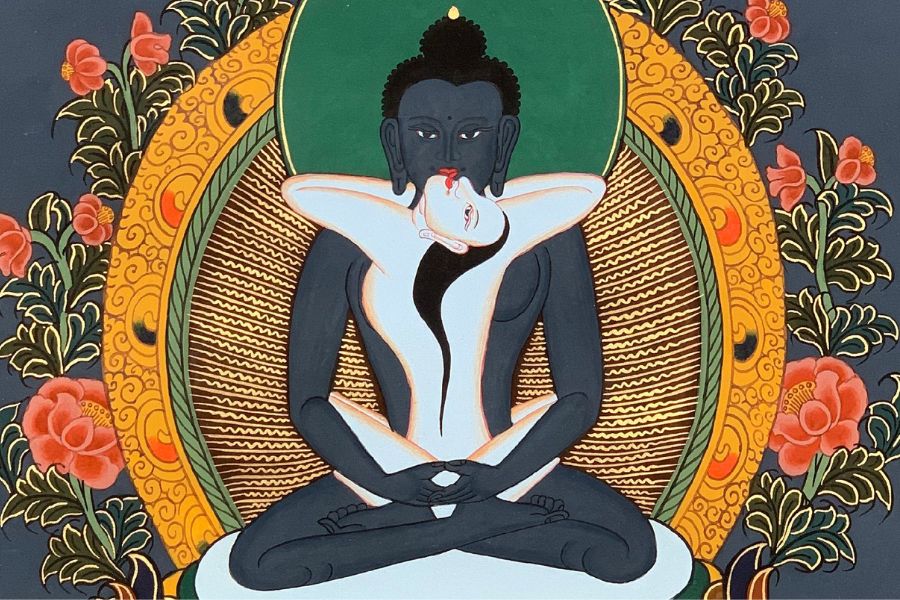Samael Aun Weor, one of the key masters of the Gnostic tradition, devoted much of his writings to addressing human sexuality, and his view of sex is radically different from the materialistic perspective that prevails in modern society.
For Weor, the sexual act is not merely a biological instinct or a quest for pleasure, but a sacrament, a sacred ritual that contains immense spiritual potential. He claims that in ancient times, several civilizations understood and lived this truth, among them the inhabitants of Lemuria, an ancient and lost civilization in the Pacific, which left us profound knowledge about sexuality and the transmutation of vital energy.
The author begins his analysis by reflecting on the religious practices of ancient peoples, who dedicated temples and rituals to love and sacred sexuality. Ancient Rome had the temple of Venus, the goddess of love, Chaldea revered the Moon in its temples, and the traditions of India also recognized the sexual act as a divine union. For Samael Aun Weor, sex in these times was understood as a cosmic force and a gateway to transcendence, something profoundly spiritual and sacred.
In Lemuria, considered by many as a lost continent, sex was indeed a true sacrament. The Lemurians, beings of great height and wisdom, practiced sex consciously, understanding that the energy generated by sexual union could be transmuted for spiritual purposes. For the Kummaras, the spiritual masters of this civilization, sex was not just a physical need but an instrument for creation and spiritual transformation. The sexual act was carried out in sacred temples, and only the most enlightened individuals were allowed to participate in these ceremonies. In this context, sex was not about the selfish pleasure we see today, but a purely divine act, with the purpose of creating both physical and spiritual life.
Samael Aun Weor reveals that in the early periods of Lemuria, human races were transmitted by the Kummaras, who played a vital role in the reproduction of the species. These spiritual masters led the sacred ritual of sex, helping participants to sublimate their sexual energy to achieve spiritual elevation. This act did not involve the sexual degeneration we see today, but was a mystical and spiritual practice aimed at creation and recreation, transforming sexual energies into powerful cosmic forces.
The author explains that the transmutation of sexual energy, a central concept in his teachings, is the key to spiritual awakening. The energy generated in the sexual act, when properly directed, has the power to activate the endocrine glands and unlock higher psychic faculties, which are often dormant in much of humanity. By sublimating sexual energy, the Lemurians were able to achieve longevity, spiritual abilities, and perceptions beyond the limits of the physical body, such as visions of higher dimensions and communication with beings from other planets.
Samael Aun Weor also references Sigmund Freud and his theory of sublimation of sexual libido. Freud, through his psychoanalysis, argued that it was possible to redirect sexual energy into other forms of expression, such as art or creativity. For the Gnostic author, this idea was in harmony with what the Lemurians were already practicing in their ancient wisdom. They not only sublimated sexual energy for creative purposes but also for their own spiritual evolution and to achieve a state of higher consciousness.
Over time, however, this wisdom became corrupted, and the Lemurian civilization experienced a spiritual decline. The inhabitants of Lemuria began to treat sex in a profane and selfish way, without the reverence and spiritual consciousness that once characterized their practices. Sex, then, became an uncontrolled activity, straying from its sacred nature and energy transmutation, leading to the loss of spiritual abilities and the degeneration of the race. This process of decline is symbolized in many religious traditions, such as the story of Adam and Eve, who, after eating the forbidden fruit, lost their connection with the divine and were cast out of paradise.
From Samael Aun Weor’s perspective, sexual degeneration is directly linked to the loss of higher faculties and the onset of a cycle of involution. In other words, when sex began to be treated as a mundane practice, without respect for the sacred energy involved, humans started losing their ability to perceive the cosmos in a deep and intuitive way. Spiritual faculties were atrophied, and pain and suffering, once unknown, became part of the human experience. This process of involution is reflected in the traditions of various cultures, such as the Mayans, Toltecs, and Nahuatls, who speak of the loss of a state of perfection and the rise of pain and hard work.
Samael Aun Weor argues that, over time, the human race, in its degeneration, lost access to the higher dimensions of reality. What was once seen as sacred and mystical wisdom, transmitted by those who practiced sex as a sacrament, was corrupted and discredited. From this point of decline, human beings began to live in a three-dimensional reality, where spiritual perceptions were obscured, and true wisdom was lost.
The author reminds us that the loss of this wisdom is not irreversible. He emphasizes that the transmutation of sexual energy is a practice that can be resumed and that it is possible to rediscover this lost knowledge. For the Gnostics, the key to spiritual transformation and the awakening of higher faculties lies in understanding and consciously practicing sexual energy. When humans learn to transmute this energy, they can achieve a spiritual elevation that puts them in tune with the cosmic forces of the universe, allowing them to access higher dimensions of reality and recover their true divine essence.
Samael Aun Weor concludes his reflection with a call to human consciousness. He challenges us to rethink our concepts of sex and to understand its true sacred nature. Sex, as a sacrament, is a path to transcendence, a ritual of divine union that, when understood and respected, can lead to spiritual evolution. However, when distorted, it leads to involution, degeneration, and the loss of connection with the divine. The author invites us to seek the wisdom of the ancients, to rescue the lost teachings, and to live sex as a sacred path of union with the divine, as a sacrament of creation and transcendence.




















